This section of the Appalachian Trail is narrow, with seedheads of the native carex (Carex pensylvanica) brushing the hikers’ legs. Arching just above, ferns mingle with wood asters (below), beginning their autumn floral display in early August.
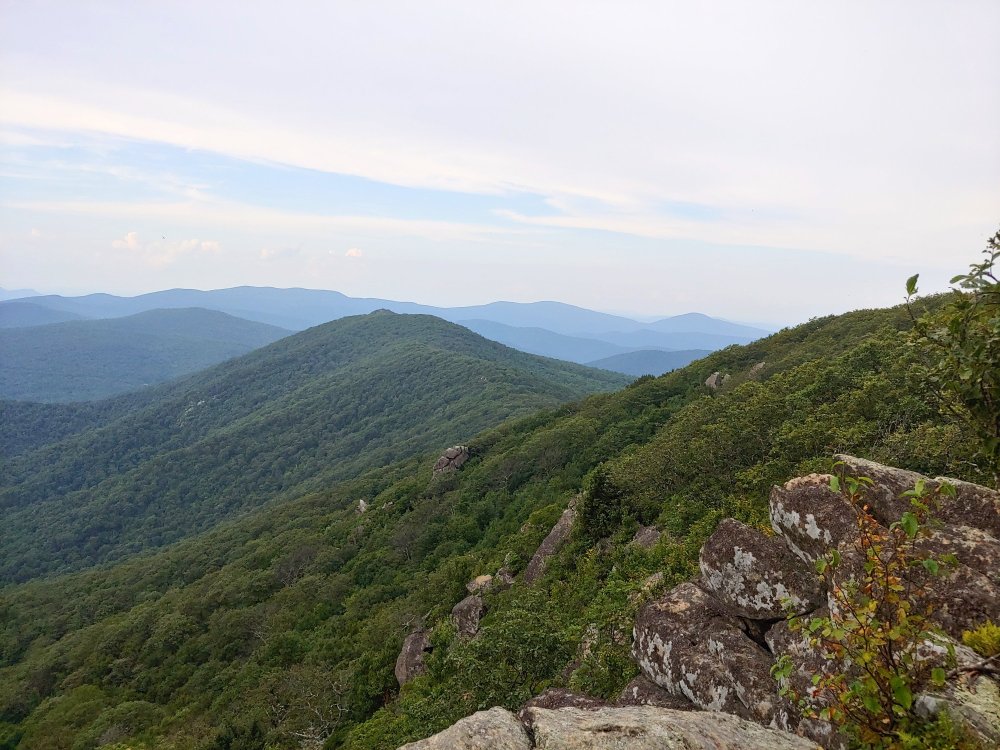
Flower buds of the common witch hazel (Hamamelis virginiana, below) are evident at higher elevations, and several display the start of autumn foliage coloring that soon will bring so many visitors to these mountains. My wife and I have become regular hikers, and with parts of the Appalachian Trail (AT) within thirty minutes of home, this is our preferred hike whenever we’re in the mood for a thousand foot (or more) climb.
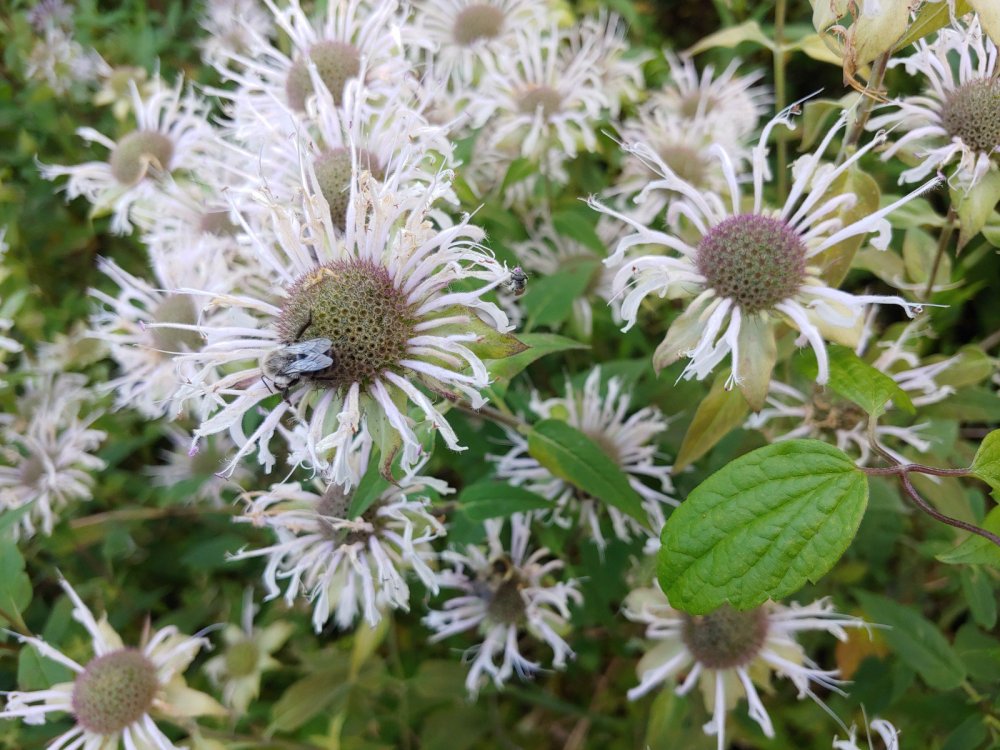
Through the summer, temperatures might be ten degrees cooler than home, and there’s nothing better than a mountaintop breeze after a heart pounding climb. Arguably, tending the garden is plenty of activity, but my wife and I enjoy this equally, though I prefer the climb while she enjoys flatter ground. Like today’s trail, many sections of the AT are bordered by ephemerals through the spring, and wild flowers in late summer, and this is an equal attraction for me to the views of the valleys below.
A week ago, I was surprised to see Blackberry lilies (Belamcanda chinensis as I knew it, now Iris domestica, below) in a wild, mountaintop meadow. Surprising, because these are not native, but likely a part of a homestead’s garden that is long forgotten, with only the irises remaining.
There are, unfortunately, stretches of trail bordered only by Japanese stilt grass, but others are edged by a variety of ferns and lichen covered boulders, with masses of mountain laurels and azaleas beneath the canopy of Striped maples (Acer pensylvanicum, below). Along today’s trail were sassafras and sapling American chestnuts (below), still vigorous at this stage.
I’ve enjoyed a resurgence of butterflies in the garden this summer, and happily, every Joe Pye and bee balm along the trail is visited by swallowtails and a number of bees. My wife must listen to my naration, identifying this plant and that, but she is patient, and helpful pointing out flowers that do not stand out in my color blindness.

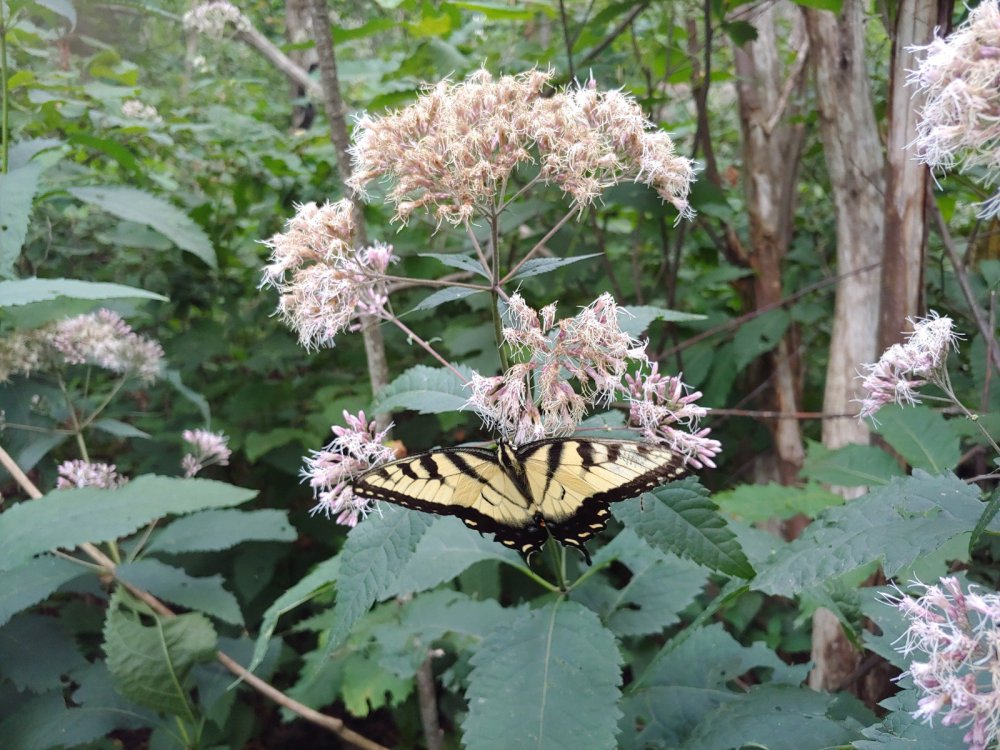
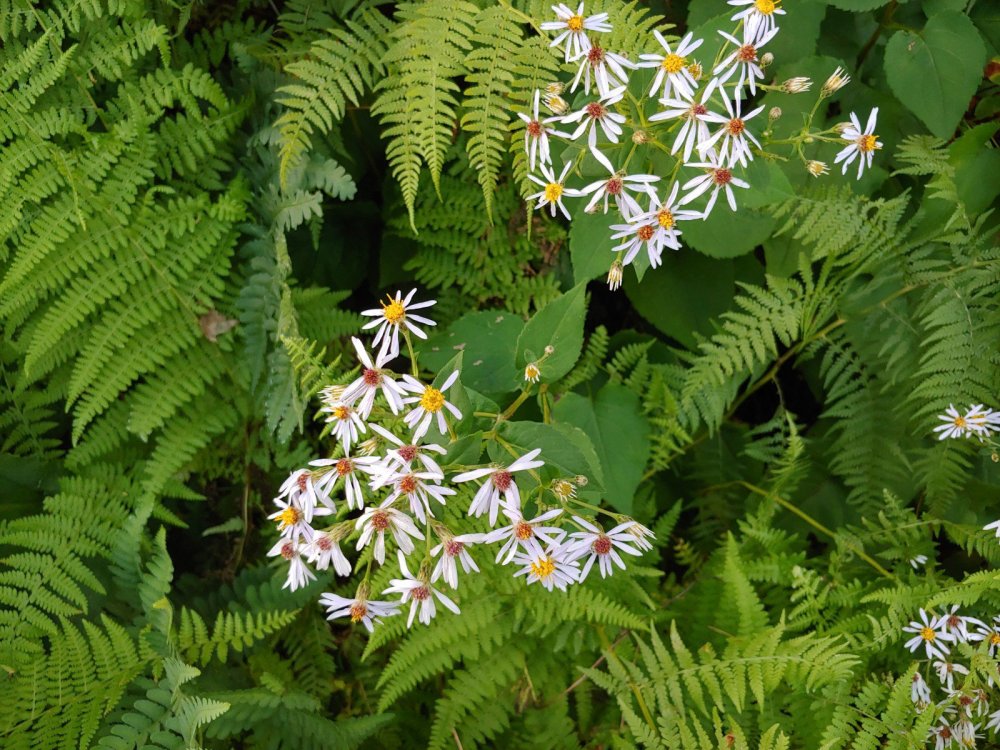
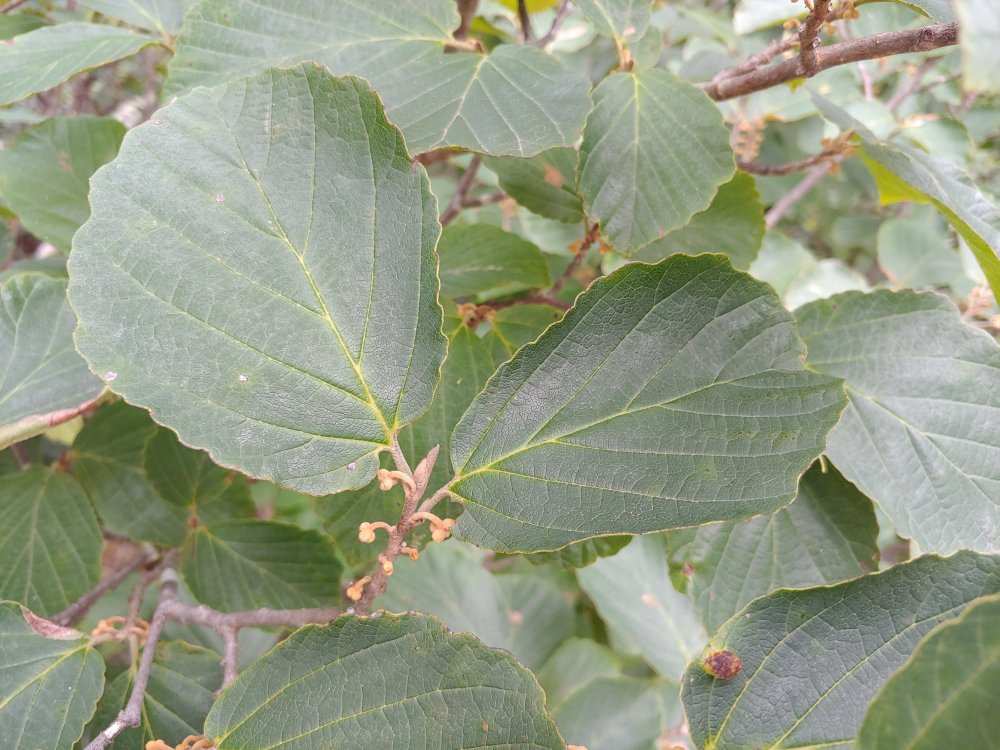

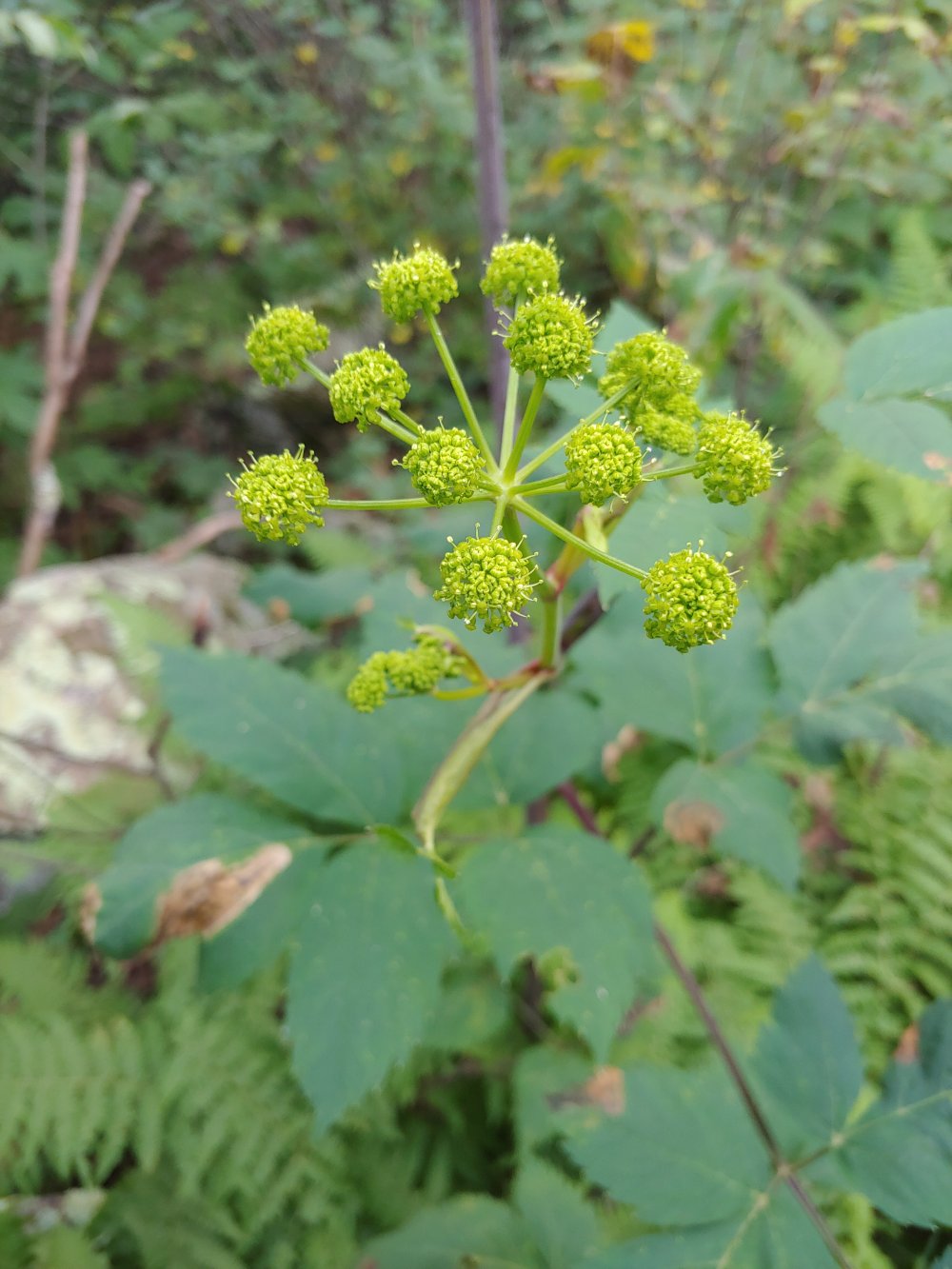
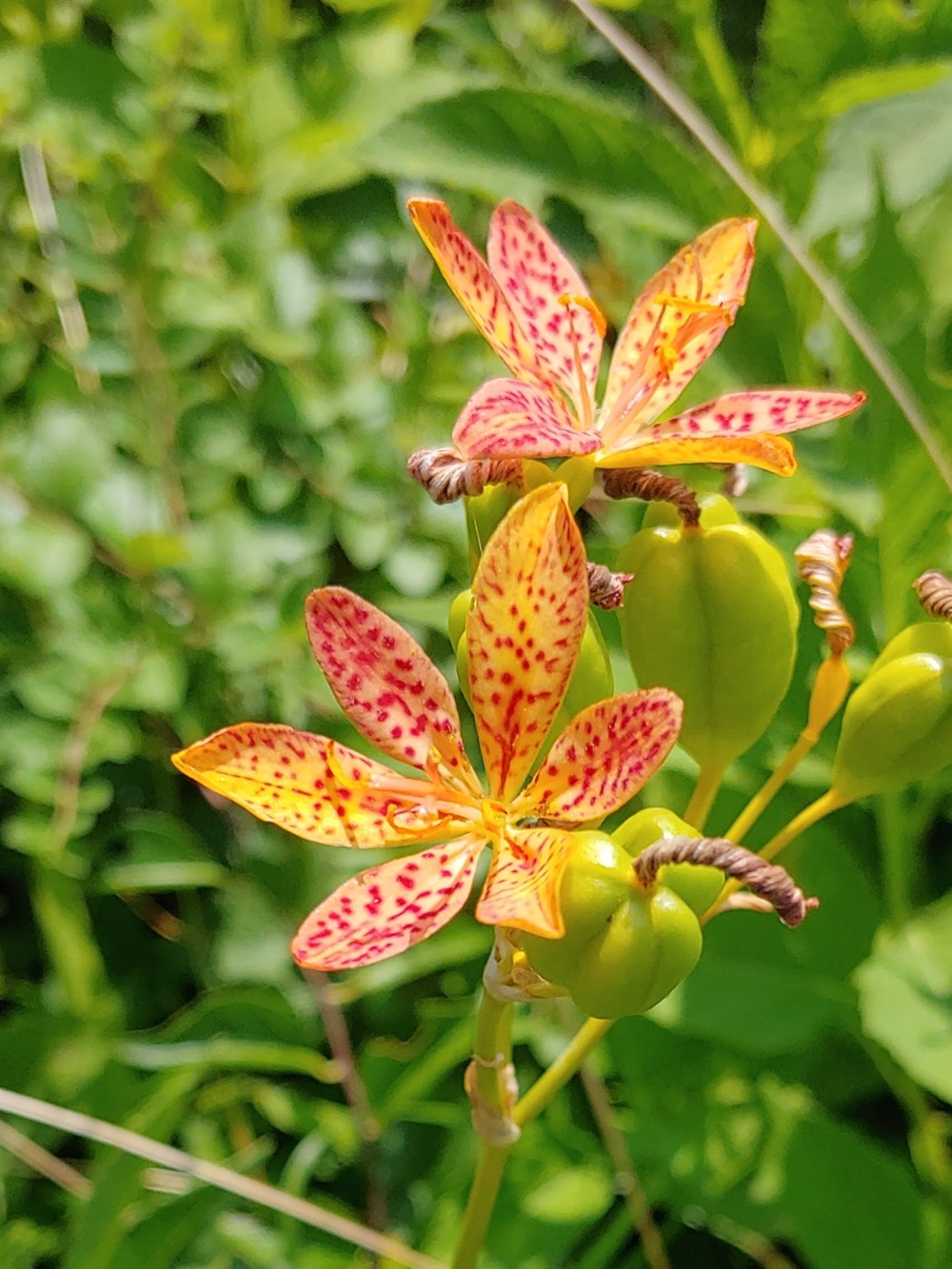

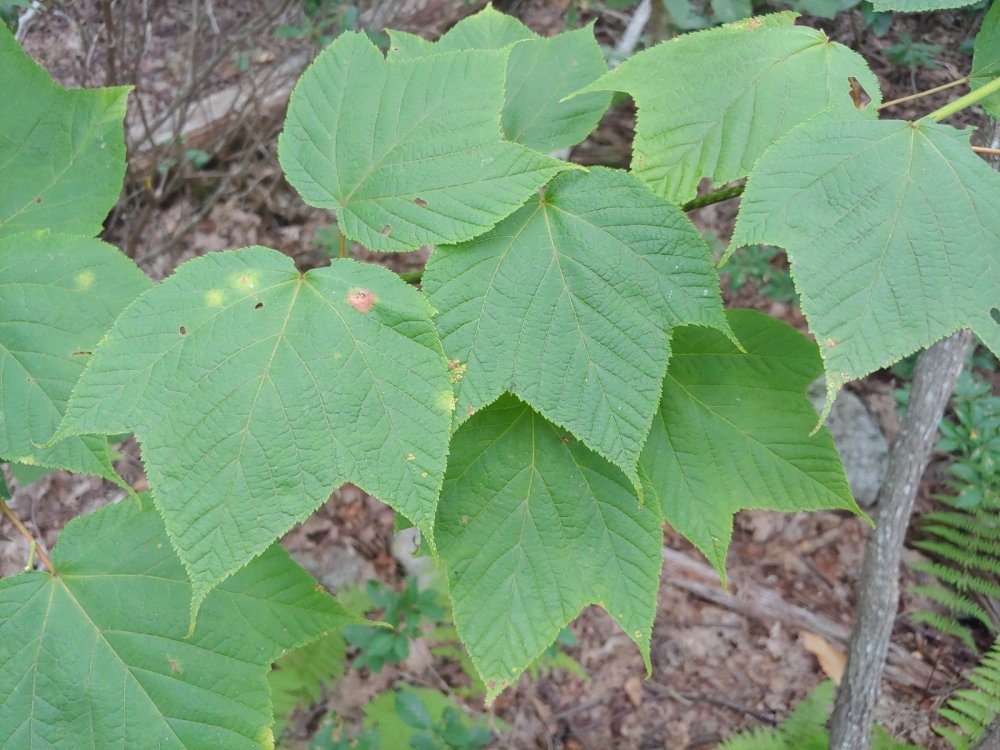
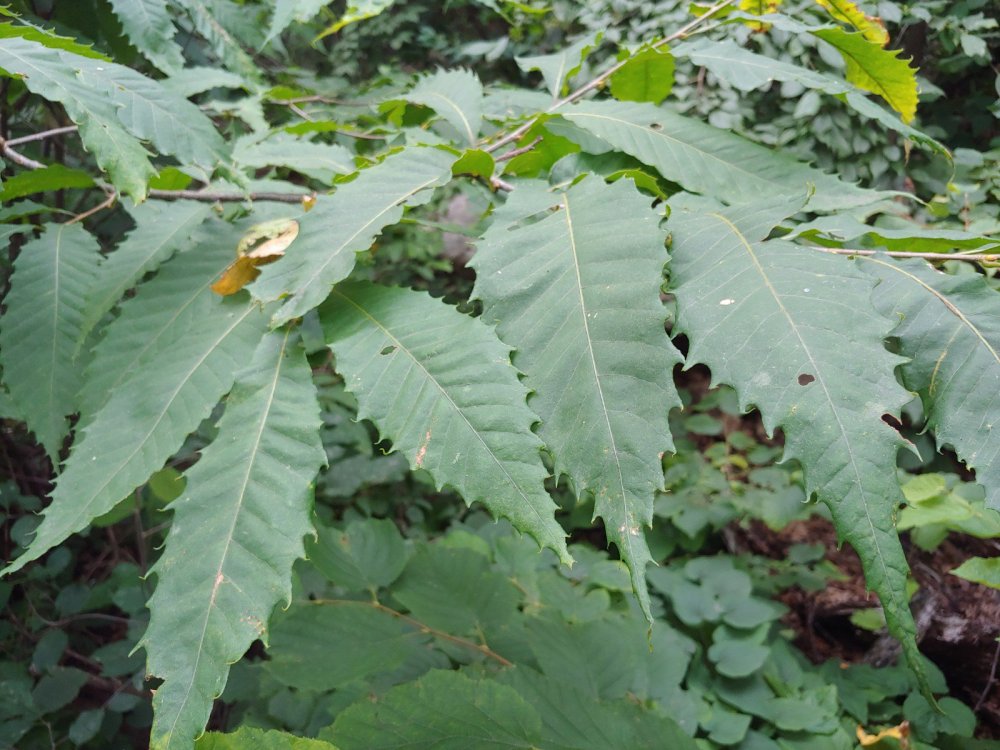
Which bee balm is this?
I expect it is Monarda bradburiana. There were two colors in close proximity. I expect these are variations of the same native bee balm.
Have you seen many Monarchs? I have noticed a big increase this year here in my zone 5B garden. Also Is that really a sassafras? The leaves look more serrated than I would expect. But I’m not as experienced as you at ID! Love the blog!
Yes, it really is a sassafras, and no, I rarely see Monarchs in this garden. Ever. I saw one a week ago, but they’re rare here. I did not see any monarchs on my hike, but hundreds of swallowtails, including several zebra swallowtails that I rarely see.
You certainly have some excellent species there. I know that witch hazel is considered to be common to most. Until I got a pair of them two winters ago, I had never seen one before. Striped maple is also unheard of here.
This mountaintop is about 40 miles from my home, and though all of these are called native to the area, only a few grow at lower elevations. I expect that the striped maple is more commonly found north of here, where it is ten degrees cooler, just like on the mountain.
Our main maple (not counting the box elder) happens to be one of my all time favorite trees, but does not look so pretty in the chaparral valleys. It grows there, and is even native to some of the riparian situation, but is not quite so happy.